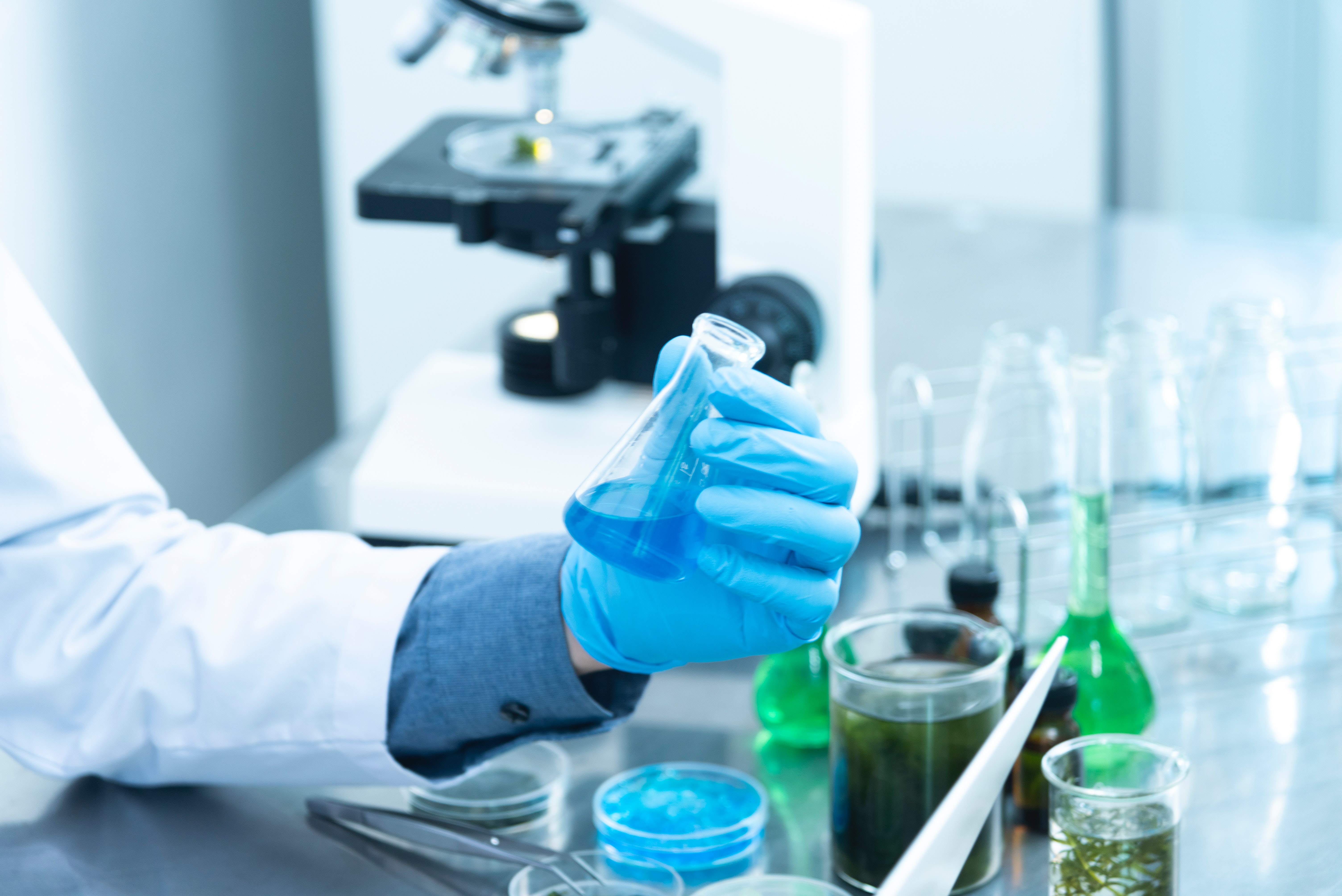**This article was published in English and has no translation in Malay Language**
By Ass. Prof. Dr. Boon-How Chew

High-quality researches are important for very obvious reasons. Any scientific research that is biased in its conception, measurement, analysis and interpretation will cause it to become invalid and good for the rubbish bin. Clinical and biomedical research is expected by the society at large to be performed at a higher quality level since it concerns with human lives. The results of these research can impact lives through the administration of (new) treatments, or affect the healthcare system via costly modifications and changes. Crucial biomedical and clinical research in the past have brought about a cure to once fatal diseases such as diabetes mellitus and syphilis, finding causes and treatments for certain cancers and malnutrition, developed vaccines to prevent debilitating illnesses such as tuberculosis and poliomyelitis, improved public hygiene and prolong life expectancy.
Unfortunately, the increase in the numbers of clinical and biomedical research and publications in the world including Asia have not seen a parallel increase in quality research. Huge research waste have been reported because of the irrelevancy of the research topic [1], poor research designs [2], inaccessible research data and non-replicability of the findings [3], and incomplete or biased reporting because of scientific prejudice, and having financial relationship with the research project’s funder/sponsor [4, 5]. Worse, too many ‘forced’ researches are being done by students and amateur scientists for the sake of doing a research without adequate guidance or training, respectively [5, 6]. On top of these, it is believed that the scientific, ethical and moral decadence among the researchers are partly due to lopsided criteria in the academic assessment that emphasizes on quick achievements that resulted in high numbers of publications, career promotion and remuneration that rely on defective journal impact factors and research grants amount. Low-quality clinical research could be perceived as academic or scientific scandals [6]. Notwithstanding, "It was very easy to make errors” as admitted by John Ioannidis, the co-director at the new Meta-Research Innovation Center at Stanford (METRICS) on the challenges along the research process despite very good intentions of the researchers [7].
Therefore, it is critical that every biomedical and clinical research report is appraised carefully to judge its credibility and usefulness in changing one’s current health belief or practice. Assimilating the quality indicators used in the existing tools, research quality of any published paper can be quite easily screened and assessed based on the following three criteria: important samples of participants, standard measurement and usefulness of the findings, see Table 1 for the detailed description. It is also important to bear in mind some of the accumulated wisdom from centuries of research experience [8] when judging treatment claims by salespersons or in the public or social media (Table 2).
Table 1: The screening criteria for research quality
| |
Important samples
(external validity) |
|
Standard measurement (internal validity) |
|
Usefulness of findings
(statistical validity)
|
| |
Participants of the research are representative of the population where the findings of the research can be applied. Some of the must-have socio-demographic factors similarity include age, gender, ethnicity, socio-economic status (or employment status) and one or two important features of the health condition being researched such as the stage or severity level of the condition. In a randomized control trial, the comparability between the groups takes precedence over representativeness of the sampled participants in getting the answer to the research question. |
|
All aspects of measurement in the research are completed using the standard or referent methods of recognized accuracy. This included using calibrated and validated instruments, standardized measurement process, and measurement is by trained personnel and if necessary, the measurement is done by blinded assessors who are not aware of the treatment the participants received. |
|
Findings or results of the research are important and relevant outcomes of the health condition being researched. Numerical results truly represent the research objective, taking into consideration response rate, sample size achieved, missing data, proper statistical test and analysis. The unusual or unexpected analysis is explained and justified. No over-claimed or misleading conclusions. |
Key concepts to help people making wise assessment on treatment claims:
- No treatment is fully safe
- Dramatic treatment effect is rare
- Anecdotes and personal testimonials are unreliable clinical evidence
- Newer treatment is not always better
- Expert opinion or explanation could be wrong
- Statistical association does not imply a causation
- Do not confuse ‘statistical significance’ with ‘treatment efficacy’ or ‘importance of result’
- How certain is the result as an evidence of effect for the treatment?
- Do the advantages/benefits from the (new) treatment outweigh the disadvantages/possible adverse effects?
- Am I (or are we) very different from the people studied in the research?
- Do not confuse ‘no evidence of a result’ with ‘evidence of no result. The former means no research is currently good enough to show the result; the latter means the research has produced a quite definite finding of no result.
- Beware of conflicting interests between the researcher and the research project funder/sponsor
- Peer review publication does not guarantee quality research and reliable information
 |
Ass. Prof. Dr. Boon-How Chew (PhD)
Department of Family Medicine |
Date of Input: 22/10/2019 | Updated: 22/10/2019 | hairul_nizam
MEDIA SHARING




























